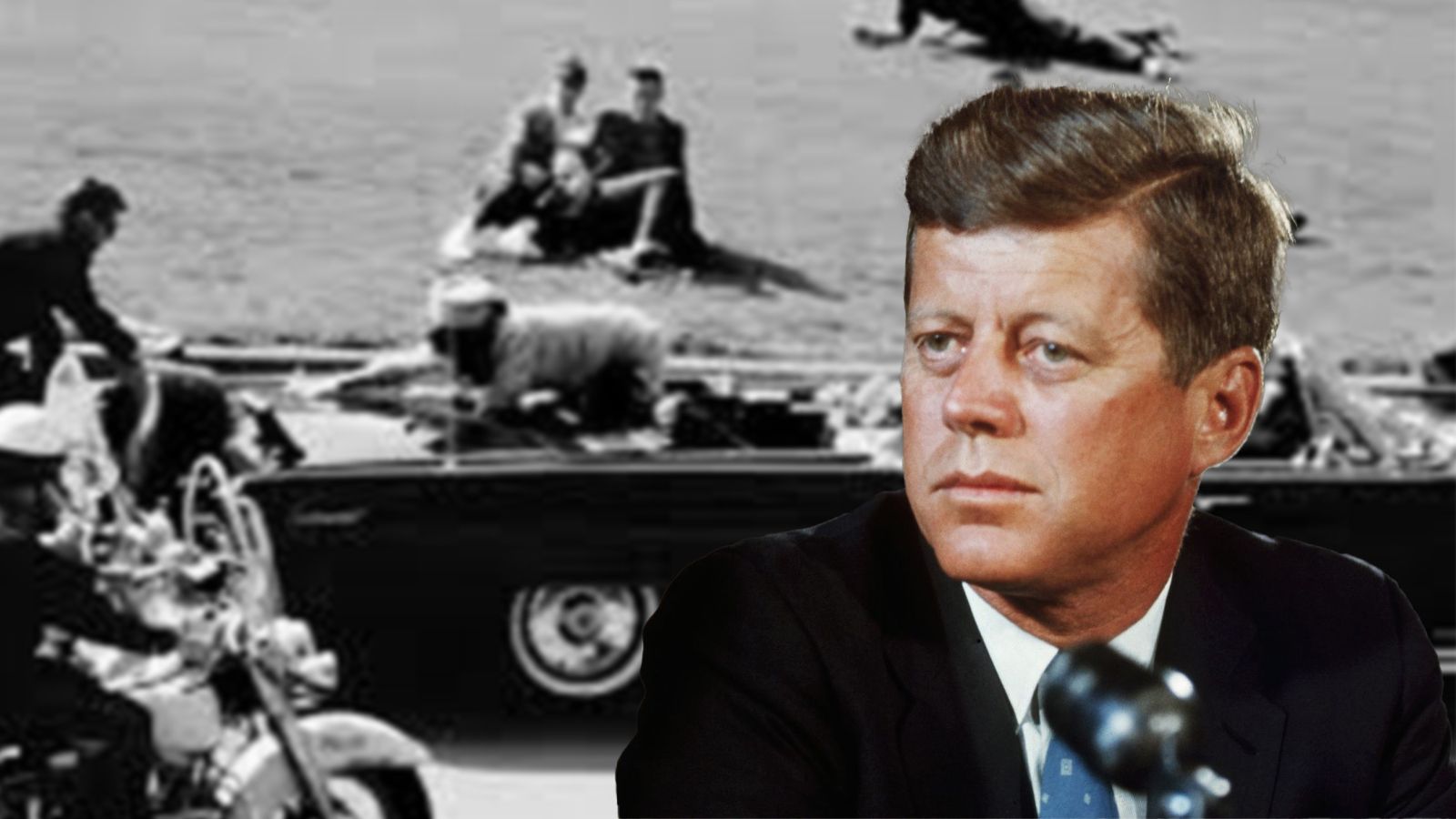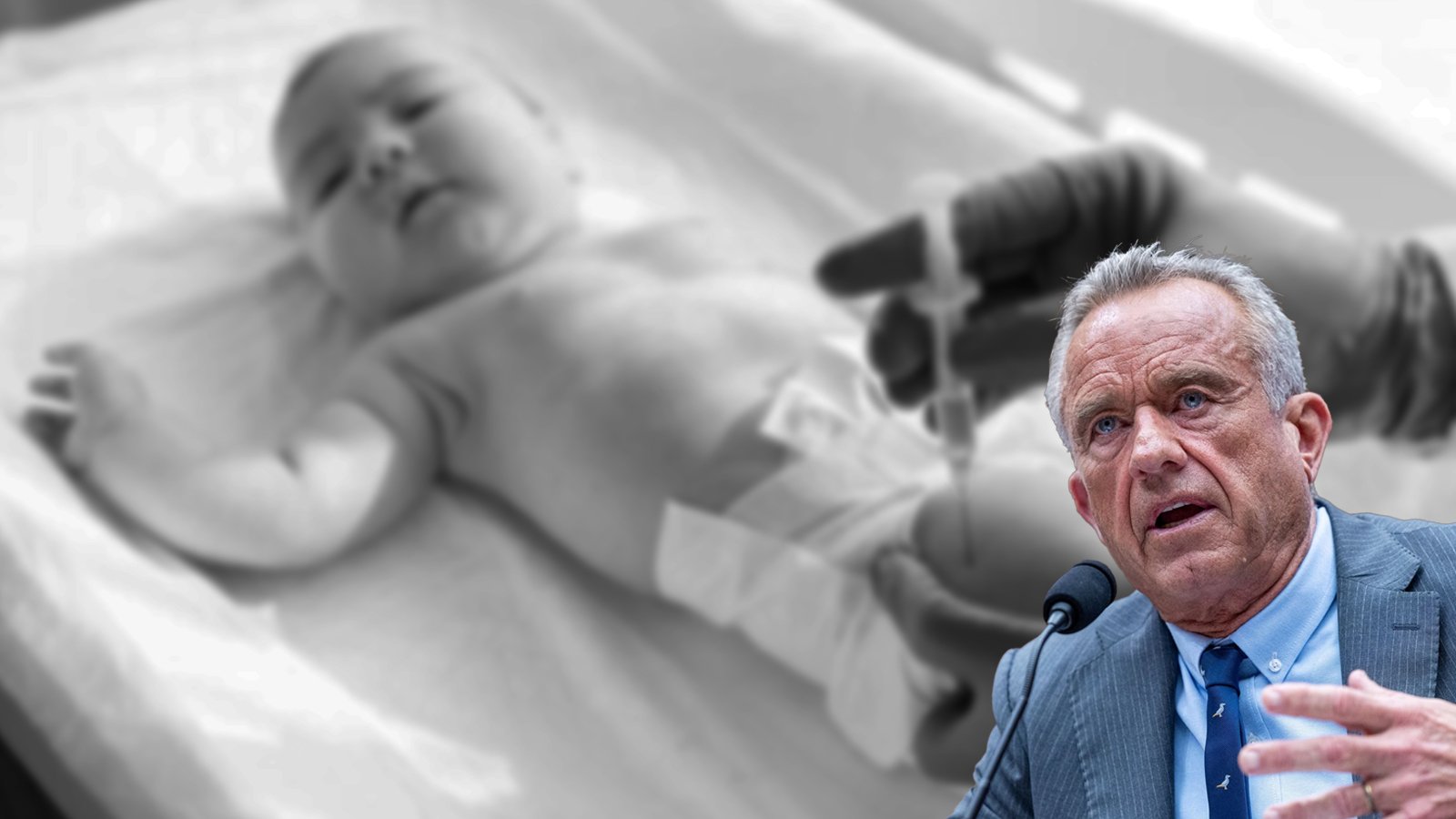
Did someone forward you this? Subscribe here free!
This week marks 62 years since JFK’s assassination. We’re running a two-part series about what exactly happened, what the official narrative is, and what information has cast doubt on that narrative. This is part one.
We’ve made today’s story free for all readers! If you enjoy it, consider subscribing for part 2. This week only, subscriptions are 50% off for our Black Friday sale.
By Alex Norris
“You know, last night would have been a hell of a night to assassinate a president.”
So remarked President John F. Kennedy to his wife, Jacqueline, hours before his own death on November 22, 1963.
In 1960, the 43-year-old JFK had become the youngest elected US president. His youth, easy demeanor, fashionable wife, and two young children set him apart from previous presidents and made him a star. As president, JFK averaged a record 70.1% approval rating.
In 1963, JFK began a tour of US cities to kickstart his re-election campaign. On November 21, he and his wife, Jacqueline, departed on Air Force One for a two-day, five-city tour in Texas, where he hoped to mend a rift within the Democratic Party that could cost him the state in 1964.
On November 22, 1963, JFK and Jacqueline flew to Dallas, where they were greeted by Texas Governor John Connally and his wife, Nellie.
Texas’ and the US’ first couple rode together in an open-top limousine, with JFK and his wife in the back row and Connally and his wife in the front. It was a bright and sunny Friday morning that was warmer than usual for late November. As the motorcade left the airport and traveled throughout downtown Dallas, crowds lined the street to wave at the Kennedys.
Around 12:30 PM, the motorcade turned off Main Street and onto Dealey Plaza.
Suddenly, shots rang out.
One hit JFK in the neck, causing him to hunch over and grab his throat. A second then struck him in the head. He was rushed to a local hospital, at which point he was already dead. Vice President Lyndon B. Johnson (LBJ) took the oath of office at 2:38 PM aboard Air Force One.
Immediately after the shooting, police searched the Texas School Book Depository, whose building overlooked the murder scene. They found a sniper’s nest and rifle and zeroed in on a building employee – Lee Harvey Oswald – as the prime suspect.

Oswald was a 24-year-old former US Marine who had embraced communism, defected to the Soviet Union in 1959, and married a Russian woman. Allegedly disillusioned with the realities of Soviet life, he had returned to the US in 1961 and worked a series of odd jobs, ending up at the Depository in Dallas.
Oswald was seen leaving the Depository shortly after the assassination, then took a bus and a cab back to his apartment, where he changed his clothes and grabbed a pistol. He proceeded to fatally shoot a police officer before hiding in a movie theater, where he was arrested.
Police charged Oswald with JFK’s assassination, to which he pleaded not guilty. But just two days later – before interrogators could obtain much information – a man named Jack Ruby shot Oswald on live TV. Oswald died from his injuries, taking his secrets with him.
Within days of JFK’s death and Oswald’s assassination, LBJ convened a committee – “the Warren Commission” – that included many of the US’ most powerful politicians to investigate JFK’s death. What would it find?
That’s the subject of today’s deep-dive. In tomorrow’s, we investigate the alleged conspiracy.

After ten months, in September 1964, the Warren Commission presented a final, 888-page report. Its conclusion: Oswald acted alone; his motivations were impossible to determine; no foreign government played a role; and Ruby killed Oswald out of a desire for revenge.
The report claimed that Oswald used a bolt-action rifle to fire three bullets at JFK from the Texas School Book Depository. The first missed; the second struck JFK in the neck, exited through his throat, and then hit Connally, breaking his rib and wrist and lodging itself in his thigh; the third hit JFK in the back of the head, killing him.
While nearly every politician endorsed the Warren Report, skepticism abounded.
First, many doubted Oswald could have acted alone. He used a bolt-action rifle, meaning he would have had to fire, reload, and re-aim three times within 8.6 seconds. Hitting two of three shots on a moving target at long range would have taken incredible aim and dexterity.
Then there was the “magic bullet”: According to the official account of events, the second bullet struck JFK before ricocheting and severely injuring Governor Connally’s rib, wrist, and thigh (the “single-bullet theory”). Yet pictures of the recovered bullet showed it in near-perfect condition with hardly a scratch.
In addition, the report failed to address why numerous bystanders had reported hearing a gunshot from a “grassy knoll,” or hill, next to JFK. A video taken by an onlooker near the knoll – the so-called “Zapruder film” – that captures the instant of JFK’s death appeared to show the president’s head jerking backward, not forward, when he was hit, suggesting he was actually struck from the front. Supporters of the single-shooter theory claim that the Zapruder film is unreliable or that people interpret it incorrectly.
And the Warren Commission appears to have been biased toward the one-shooter theory.
In one memo, the then-CIA director wrote that the public “must be satisfied that Oswald was the assassin; that he did not have confederates who are still at large; and that evidence was such that he would have been convicted at trial.” LBJ personally pressured politicians to join the Warren Commission, warning them that rumors of foreign involvement could start a war that would “kill 40 million Americans in an hour.”
In addition, while testifying before the Warren Commission, the heads of several intelligence agencies – including the CIA – said they knew little about Oswald before the assassination. This was later proven untrue: The CIA and other agencies had tracked him extensively. In 2014, the CIA director called the agency’s official testimony from the time a “cover-up.”
A later declassified CIA report from 1966 cited the Soviets as believing that JFK’s assassination was “planned by an organized group rather than being the act of one individual assassin.” Several members of the Warren Commission later said they also doubted their own findings, with one saying he had “lingering dissatisfaction” with many of the conclusions. Robert F. Kennedy, JFK’s brother, privately expressed doubts about the single-shooter theory, while declassified phone calls suggest LBJ himself didn’t believe the “single-bullet” theory.
Doubt about the commission spawned countless conspiracy theories, prompting Congress in 1976 to establish a new committee to investigate the killing. After two years, it came to a conclusion: JFK’s assassination was a conspiracy.
We’ll look at that and other conspiracy claims in tomorrow’s newsletter.

Get All-Access Roca for 50% Off!
Take advantage of our first-ever Roca Black Friday sale!
Are you tired of seeing paywalled articles? Do you wish you could read all the deep-dives that hit your inbox, but don’t want to shell out the cash for a membership? Do you want to support your favorite non-partisan news outlet?
Set your worries aside, because this week you can get all-access Roca for 50% off!
Become a Roca Platinum member and you’ll get access to all of Roca: WeThe66, the RocaNews App, and our extended need-to-know stories. You can do that this week for half price – and guarantee yourself accurate news at a low price for the next year
Lock in a year’s worth of non-partisan news for 50% off today, at the Roca Black Friday sale

Editor’s Note
Thank you for reading. Tomorrow, we’ll dig into the government’s conspiracy finding and feature an exclusive interview with someone who was intimately involved with this investigation. In the meantime, enjoy your shopping and leftovers. We’ll see you tomorrow!
And a special shoutout to those of you who wrote in this week with kind words. We read every email and are so grateful to all our readers.
Lastly, if you want some additional day-after-Thanksgiving reading, find it below.
Happy Friday, and see you tomorrow.
—Max and Max





